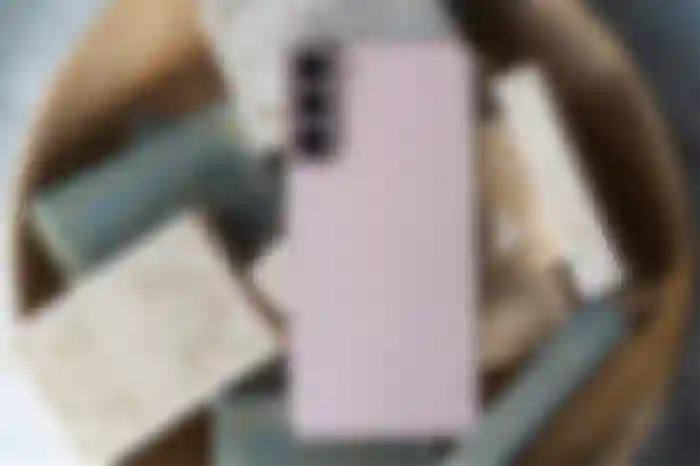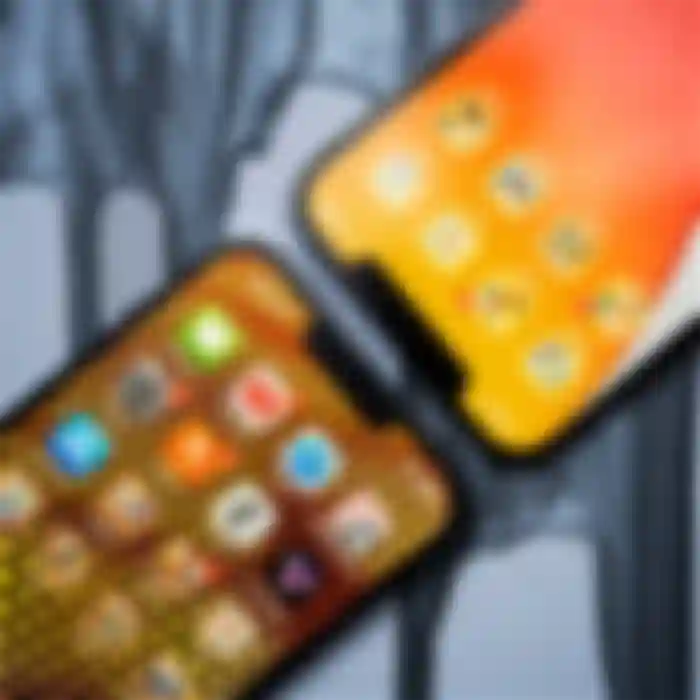The Best Phone to buy Right Now.
Buying a new phone can be a chore, but we’ve done the work for you.

1. APPLE IPHONE 13
Out of the four iPhone 13 variants that Apple launched in 2021, the $829 iPhone 13 (unlocked) hits the sweet spot between price, pocketability, and features.
It has a new processor, a bigger battery, 128GB of internal storage, and uses the same large camera sensor as the acclaimed iPhone 12 Pro Max, but you wouldn’t know it from its compact size.
In fact, the 13 looks almost identical to the 12 but is just a bit thicker and heavier, with substantially bigger camera bumps and lenses that swapped places. (No, you won’t be able to reuse your iPhone 12 case for the 13.) Otherwise, it has the same overall design, a brighter 6.1-inch OLED display, the same 12-megapixel selfie camera, the same MagSafe wireless charging, the same water and dust resistance (IP68), and the same support for both sub-6GHz and mmWave 5G networks. On top of all that, it comes in six colors (including pink), one more than you can choose from in the Pro models.
What’s different with the iPhone 13’s new A15 Bionic chip is that it should still feel fast in years to come, but it’s difficult to measure significant speed improvements with iPhones. The new chip helps the iPhone 13 run more efficiently, which lasts well into the evening without needing a top up.
Using the same camera sensor that made the iPhone 12 Pro Max the best smartphone camera for photos and videos in 2020, the iPhone 13’s main wide-angle camera has
significantly improved. Photo details are sharp and accurate, colors are rich without being oversaturated, focusing is fast and reliable, portrait mode is good enough to use day to day, and low light and night sight are both exceptional. Its ultrawide camera, on the other hand, has only been minorly updated for better low-light performance.
Video quality is also great. The main camera has sensor stabilization, which helps when you’re walking around. It can do all the modes that matter in terms of 4K and slow-mo and handles them all super well. It even lets you record videos in Cinematic mode, which helps you smoothly switch focus between subjects by changing the depth of field.
The iPhone 13 starts with 128GB of storage. Because its storage is not expandable, and depending on how you’ll be using the phone, you might want to bite the bullet and upgrade to the next tier.
For most people, the iPhone 13 is an easy choice: it offers similar performance, design, camera features, and (sometimes) better battery life than other iPhone 13 models, for less money.

2. Samsung Galaxy Ultra
Those of us in the US have plenty of phones to choose from in the budget end of the market, but high-end Android phones are looking scarce lately. Thankfully, the options we do have are very good, making this recommendation a close call with the Google Pixel 6. Still, we think that the Galaxy S22 Plus is the best device for most people.
The S22 Plus features a big, bright 6.6-inch screen with 120Hz refresh rate, 2022’s Android flagship chipset of choice, the Snapdragon 8 Gen 1, and three high-quality rear cameras. You don’t get the 10x telephoto or the built-in S Pen of the Ultra, but you do get a more spacious screen compared to the 6.1-inch standard S22. It’s a comfortable middle ground that’s the right configuration of features and size for most people.
The S22 Plus features a big, bright 6.6-inch screen with 120Hz refresh rate, 2022’s Android flagship chipset of choice, the Snapdragon 8 Gen 1, and three high-quality rear cameras. You don’t get the 10x telephoto or the built-in S Pen of the Ultra, but you do get a more spacious screen compared to the 6.1-inch standard S22. It’s a comfortable middle ground that’s the right configuration of features and size for most people.
While the screen and overall performance are excellent, the S22 Plus comes up a little short on battery life. The 4,500mAh cell will last lighter users a full day, but moderate and heavy users who stream a decent amount of video will likely find themselves running the battery down into the single digits by the end of the day. It’s a bit frustrating to have to keep an eye on your battery usage on a $999 phone. If great battery life is important to you, then look at the Google Pixel 6, which does much better in that department.
Samsung’s software is still our least favorite part of a Samsung phone, which is more cluttered and contains more duplicate apps than we’d prefer. If you’re looking for an alternative that’s a little sleeker, the OnePlus 10 Pro is a good option. Just know that it doesn’t work on AT&T’s 5G network (just LTE), and its cameras aren’t quite as good as Samsung’s. Otherwise, it’s a very nice device that feels a little more sophisticated.
Battery and software gripes aside, there’s a lot to like about the S22 Plus. The screen is a pleasure to use, the camera system is versatile and dependable, and Samsung’s policy of providing up to four generations of OS upgrades is one of the best among Android phones. Its minimalist, understated design has a little more mainstream appeal than the Pixel 6, which isn’t actually much bigger but looks and feels bulkier. It may be one of a few truly high-end Android phones offered in the US right now, but don’t let that fool you into thinking it’s a winner only by default; it also happens to be a very good device.



